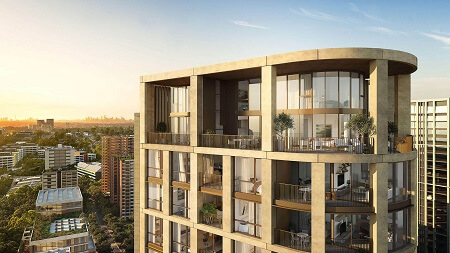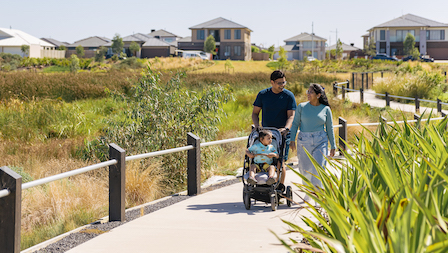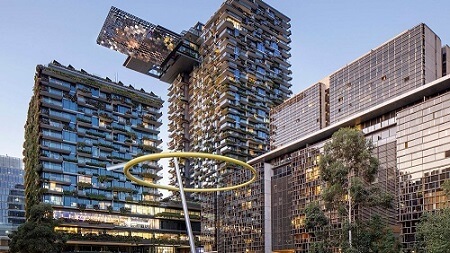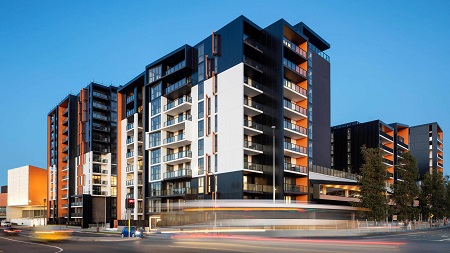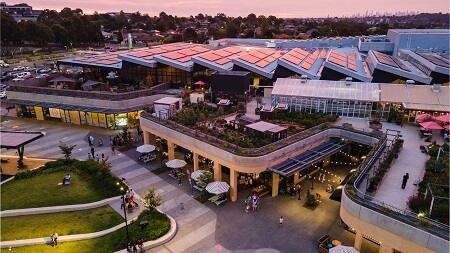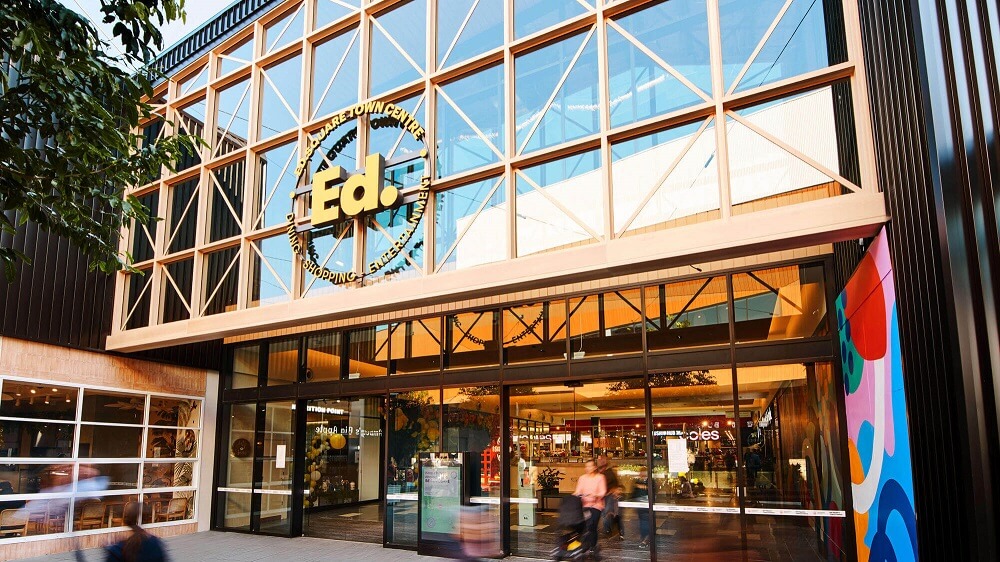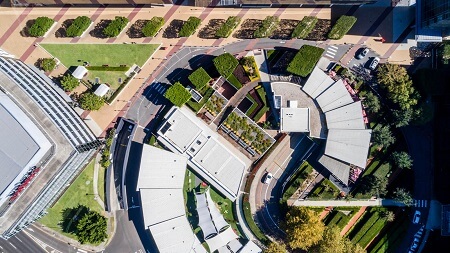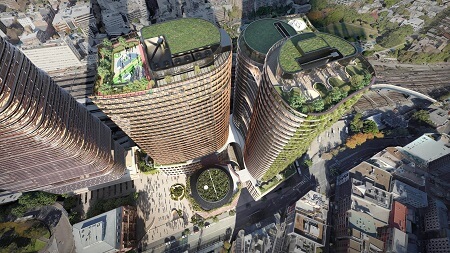A global sustainability leader
Delivering stronger, smarter, happier neighbourhoods since 1924
Our commitment to a sustainable future
At Frasers Property Australia, we are proud to be global leaders in sustainability, committed to building a better, cleaner future. Sustainability is at the heart of everything we do - whether it’s through our carbon-reducing initiatives, using sustainability-linked finance, increasing the resilience of our communities, responsibly sourcing services and materials, or transparently benchmarking our work through third-party certifications.
Stronger, Smarter, Happier
At Frasers Property Australia, we believe our future depends on how we live life together. That's why we exist to create belonging – to build places where people feel connected, supported, and proud to call home.
But we know the world isn't perfect. We face complex challenges like climate change, inequality, housing affordability, and social isolation. These issues affect us all, and people are counting on companies like ours to help drive solutions.
Through our Stronger, Smarter, Happier ESG (Environmental, Social, and Governance) Strategy we’re committed to building sustainable, resilient, and inclusive neighbourhoods that support vibrant communities and a better future for our planet.

Stronger foundations
‘Stronger’ starts with a solid governance foundation.
For us, that means acting with integrity, providing exceptional customer care, and upholding the highest standards of construction quality. It also means embracing diversity, fostering innovation, and ensuring the financial strength of our business.
Smarter environments
‘Smarter’ is about using technology and design thinking to create environmentally sustainable and climate-resilient communities.
We're committed to reducing our carbon emissions, protecting the environment, and creating places where people and nature can thrive together.
Happier communities
As a developer of proud communities since 1924, ‘Happier’ is where we are naturally at home.
We believe in creating socially sustainable neighbourhoods with diverse housing options, where people feel a sense of belonging, and have access to the services and opportunities they need to thrive. We have a long history of investing in community development, social impact partnerships, and empowering our communities to shape their own futures.
Organisations
We are honoured to participate in voluntary programmes and committees that seek to advance sustainable development through the following peak industry bodies.
An award-winning approach
Our pioneering projects and initiatives set new standards and improve sustainability results industry-wide. As a global sustainability leader, we’re consistently recognised for our achievements across various sectors and regions, as well as on multiple award platforms.
FINALIST
Fairwater
Excellence in Sustainability, Urban Developer Awards for Industry Excellence 2024
OVERALL WINNER
Burwood Brickworks
Living Building Challenge, Sustainability Leaders 2022
WINNER
Burwood Brickworks
Best Sustainable Development – New Buildings, Property Council Innovation & Excellence Awards 2021
FINALIST
Ed.Square
Sustainability & Environmental Technology, UDIA NSW Awards for Excellence 2021
SHORTLIST
Burwood Brickworks Shopping Centre
Sustainable Architecture, Victorian Architecture Awards 2021
WINNER
Central Park Sydney
Excellence in Sustainability, Urban Developer Awards 2019
WINNER
Central Park Sydney
Excellence in Sustainability & Environmental Technology, UDIA NSW Awards for Excellence 2019
FINALIST
Frasers Property Australia
Business Leadership in Sustainability, World Green Building Council Asia Pacific Awards 2018
WINNER
Central Park Sydney
Sustainable Architecture, AIA National Architecture Awards 2017
WINNER
Fairwater Park
Sustainability Award, Green Globe Awards 2016
HIGHLY COMMENDED
The Ponds Shopping Centre
Built Environment Sustainability, Green Globe Awards 2015
GOLD MEDAL
The Ponds Shopping Centre
Sustainable Design, ICSC Asia Pacific Shopping Centre Awards 2015
WINNER
Discovery Point
Sustainable Development, UDIA NSW Awards for Excellence 2015
WINNER
One Central Park
Best Sustainable Development of the Year, LEAF Awards 2014


